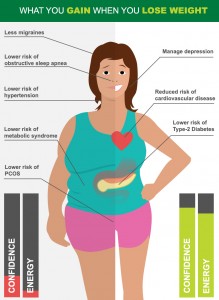
Healthy eating when you’re travelling can be as simple as 1, 2, 3.
1. Check Your Tools and Resources
If you’re based somewhere for a few days or even a week then check your room to see what you have available before you shop. Hotel rooms often have coffee cups can be used as bowls, but the range of crockery and cutlery will be limited unless you’re in a serviced apartment. Regardless you can still get by without the need to buy plastic plates, forks and knives if you buy wisely.
2. Plan, Shop and Eat Right
Scout out a decent supermarket nearby. Remember to plan ahead by writing a list of your meals to ensure you buy the right types of foods, not only from a nutritionally balanced perspective, but also in terms of portability and usability. This will also help avoid impulse purchases which shed dollars from your pocket but generally add girth to your bum.
Breakfast:
From the supermarket pick up some bananas and some raw nuts. Breakfast is the most important meal of the day so stat it right with a banana, 6 raw almonds and 2 raw brazil nuts. Alternatively if you’re on the go an all-natural gluten free muesli bar can work well.
Mid-Morning Meal:
When I eat breakfast I also make my mid-morning meal so I also buy a bad or raw rolled oats, some small tubs of yoghurt and a punnet or two of seasonal berries. Mixing a tub of low fat low (or no) sugar yoghurt with about 40g of raw rolled oats in coffee mug and pop it into the bar fridge makes a great meal. Three hours later it will be soft and delicious with some mixed berries. If you’re on the go or don’t have a bar fridge then consider the portable banana and nuts option.
Lunch:
Lunch needs to be a more substantial affair so I generally buy a pre-packaged garden salad (one that comes with a fork). They’re usually pretty sparse when it comes to ingredients so you might also want to pick up a tub of cherry tomatoes to add to it. You’ll also need some protein so get a little of your favourite meat (about 60g to 80g worth) to add to it. Hot smoked salmon, gravlax or smoked salmon are great options as are packaged sliced meats, although watch their salt and fat content. A small can of tuna also works well. And if the salad dressing is not low fat (or looks calorie laden) then you can grab either a bottle or sachet of more appropriate dressing, or a lemon to squeeze over it (if you can access a knife to cut it).
If you need to buy your lunch then get a smaller serve of a healthy soup or salad, hold any bread and put the dressing on the side. Ordering a side of steamed vegetables ‘au naturale’ can also help to top up vitamins, minerals and fibre, if you’re still hungry.
Mid-Afternoon Meal:
Your afternoon snack should contain some natural sugars to give you an energy book, but not be carbohydrate heavy (so no wheat products or mass produced muesli bars). I tend to stick to fruit in the afternoon as it picks me up – apples are good. If you’re fructose intolerant then steamed or raw vegies are good option but not always available. You could always employ a protein bar or drink – not my favourite option but good if you’re on the go. Look for ones with no sugar, low carb and high protein. I think Mushashi make the best products in this area, just watch the portion size and pick their smaller products if you do.
Dinner:
By dinner your system is sure to feel good, healthy and cleansed so don’t stuff it up by making the wrong dinner choice. Room service can be a hit and miss affair, but selecting a healthy-looking entrée and a side of steamed vegetables is a good in room choice (and you can probably manage to hang onto the cutlery for the duration of your stay). But it’s not always the cheapest so the same rules apply when eating out on the town. Go for meals that avoid rice, breads and wheat products (so no pastas or noodles). Curries are often filled with cream, oil and other hidden nasties so avoid them. So too many Asian foods can be smothered in sauces and have high levels of salt and MSG. Better to opt for a small steak, grilled chicken or fish with vegetables or a salad. Skip the free bread and try to avoid dessert as it will undo all your hard work.
Sweet cravings at the end of a meal occur most often because it’s become habit. Breaking it will take some time and patience, and you’ll find they become less and less if you cease giving into them. And If you can’t resist the need for something sweet after dinner then keep a piece of delicious ripe fruit at the ready, or grab a cup of team or skinny latte with sugar substitute or Stevia.
Most importantly when travelling it’s really easy to become dehydrated, so you need to ensure you drink lots of pure water. Stock up bottled water and avoid flavoured drinks, too much caffeine and alcohol.
3. Stick to Your Guns
It’s easy to be distracted from your eating plan by colleagues or friends with cries of “Let’s do lunch or dinner whilst you’re in town”. And if you’re travelling for leisure you’re sure to want to try some of the local cuisine. You can do all of this within your plan but there are a few tricks to getting it right so you don’t blow your day.
- Restrict your dining out to one meal a day – lunch OR dinner, not both
- Try to go to a restaurant that has healthy choices on the menu
- Skip the buffet – you will eat more than you plan to
- Make sure you make the right choices when ordering
- Say ‘No’ to the free bread
- Focus on savory dishes and skip dessert
- Keep it to one glass of anything non-water like alcohol or coffee
- Don’t get talked into upsizing or ordering extra courses
- Finish the evening with a brisk walk to aid the digestion

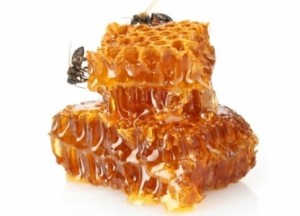
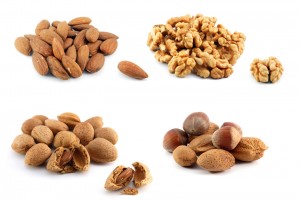
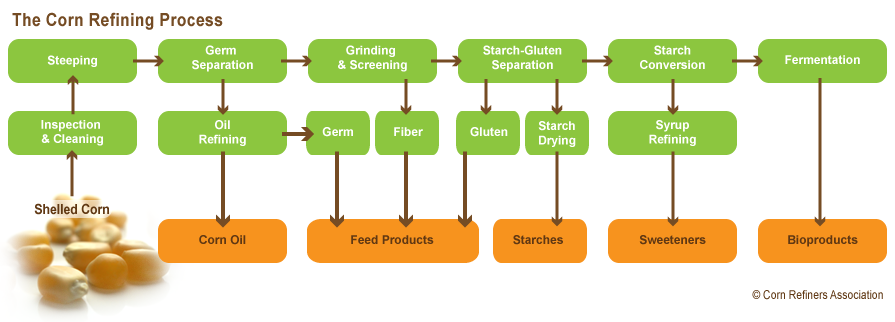
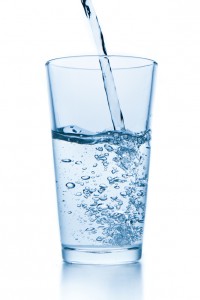
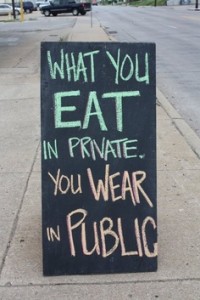 Sticking to your lifestyle plan is not always easy. Temptation (sugar, fat, salt, carbohydrates) comes in multiple forms and is often hidden in our foods.
Sticking to your lifestyle plan is not always easy. Temptation (sugar, fat, salt, carbohydrates) comes in multiple forms and is often hidden in our foods.